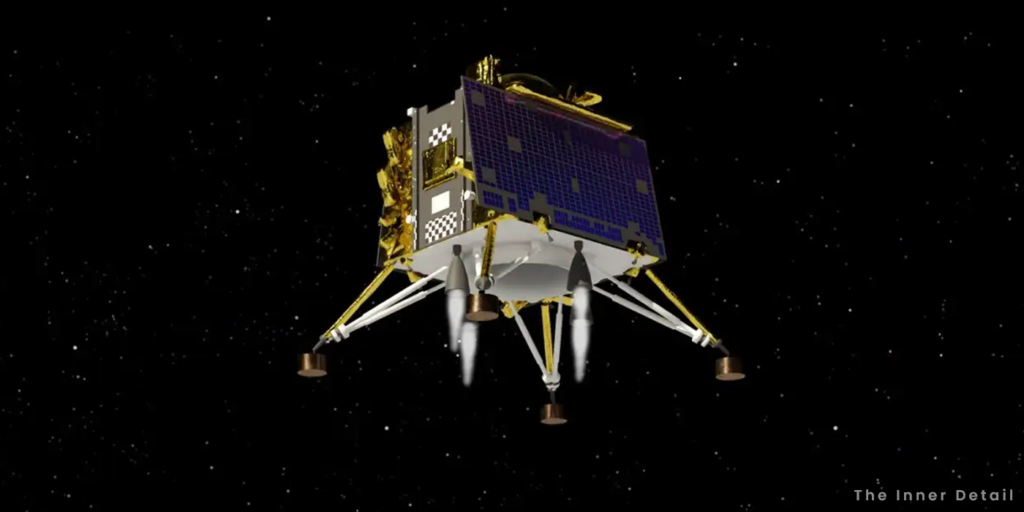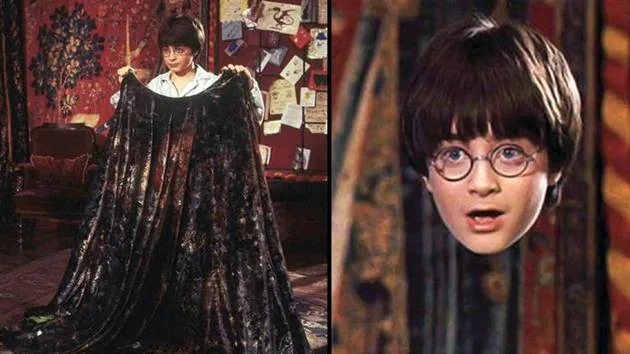India’s ISRO has successfully launched Chandrayaan-3 in the south-pole of the moon, becomes the fourth country in the world to soft-land on Moon.
Indian Space Research Organization’s (ISRO) Chandrayaan-3 has garnered the world’s attention onto India, having achieved one of the milestones in the space-sector, by soft-landing on Moon, something that only few countries – US, China & Russia – had achieved. It’s a comeback of India from Chandrayaan-2, which crashed into the surface of Moon on 2019, due to anomalies in the braking system of lander.
In just four years, Chandrayaan-3 fulfilled the goal and has become the big-talk of the year for India. It was launched on July 14 from India’s main space port in Sriharikotta, Andhra Pradesh and landed on August 23, 2023 at 6:04 PM.
The make and launching of the mission hold interesting facts and information, that you should know. I had pointed the 10 things to know about the Chandrayaan-3 mission and its huge success.
10 Things to know about Chandrayaan-3
1. Chandrayaan-3 has made India the fourth nation in the world to soft-land on moon. India also becomes the first country to land on the lunar south-pole, a region where water ice, or frozen water is found. The region could be a source of oxygen, fuel and water for future moon missions or a more permanent moon colony.
The south-pole of the moon is also been explored by NASA, where it plans to construct an oxygen pipeline in moon’s south pole to extract and transport oxygen, in order to build a habitat on moon.
2. Chandrayaan-3 lander “Vikram” stands about 2 meters tall and has a mass of over 1,700 kg, similar to that of SUV. Vikram lander has a 26-kg lunar rover ‘Pragyan’ which will roam around the lunar surface in pursuit of lunar secrets at the south pole. The mission also includes a propulsion module inside, which is about 2148 kg, that sums up to 3,900 kg as total weight of Chandrayaan-3. The lander and the rover will operate and do their set tasks for one lunar day – equivalent to 14 days on Earth.
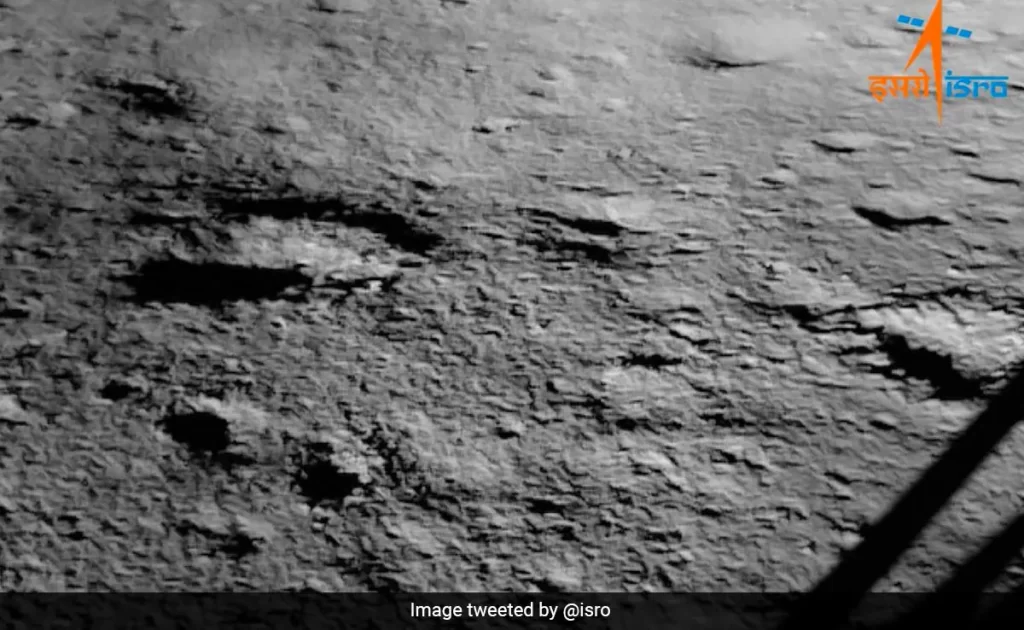
3. Chandrayaan-3 mission’s estimated cost is around $75 million (₹615 Crores) (s), which is much lower than Russia’s Luna-25’s build and launch cost, which is $200 million. Chandrayaan-3’s effective-cost is also compared with movies’ budget cost like Oppenheimer – $100 million and Barbie – $145 million.
4. Chandrayaan missions has a deep connection with Tamil Nadu state of India, where Google’s CEO Sundar Pichai is also from. The project directors of all the three Chandrayaan missions are from Tamil Nadu – Mayilsamy Annadurai (Chandrayaan-1), Vanitha Muththaiya (Chandrayaan-2) and Veera Muthuvel (Chandrayaan-3).
5. ISRO used Tamil Nadu’s Soil to test the soft-landing on Moon. As the soil from Namakkal, a district in Tamil Nadu state of India, is similar to that of the lunar surface, ISRO tested the landing of Vikram with this soil.
6. An engineering college in Salem district of Tamil Nadu contributed to the propulsion of Moon mission, reports said. Students and researchers of Sona College of Technology, Salem, developed a stepper motor for use in the LVM-3 rocket that lifted off the Chandrayaan-3 spacecraft and placed it into the Earth’s orbit. The research team of the college designed the motor, while it was produced by a private company, Vee Technologies.
7. The tires of the Pragyan rover were engraved with India’s national emblem and ISRO’s logo. This footprints the India’s emblem and ISRO’s logo on the surface of the moon.
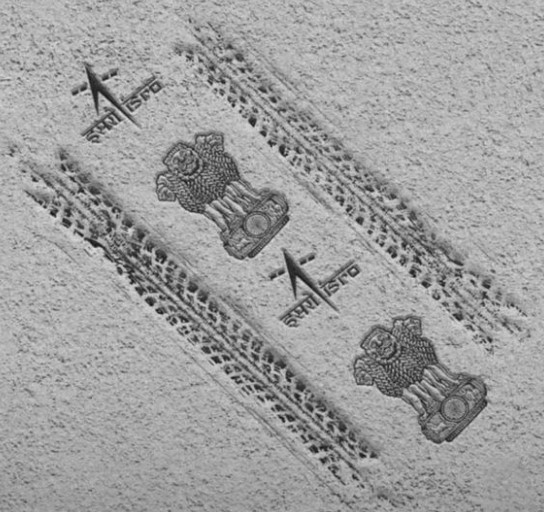
8. The exploration of the moon by the mission mainly includes measurements of thermal properties of lunar surface near south-pole (1), experiment to understand the dynamics of the moon system (2), measurements of near surface plasma (ions and electrons) density and its changes with time (3), to measure seismicity around the landing site (4), and determination of elemental composition of lunar soil and rocks (5).
9. Vikram & Pragyan can work only in the sun, they will become inactive after 14 days, when the lunar day ends and night starts. ISRO scientists have not ruled out the possibility of Vikram and Pragyan coming back to life when the sun again rises on the moon. In that case, it will be a bonus for India’s moon mission.
10. India to celebrate the landing date of Chandrayaan-3 – 26 August as “National Space Day”, Prime Minister Narendra Modi announced. He also announced that the landing point of Chandrayaan-3 on Moon will be called “Shiv Shakti” point and the crash site of the failed Chandrayaan-2 mission in 2019 as Tiranga point.
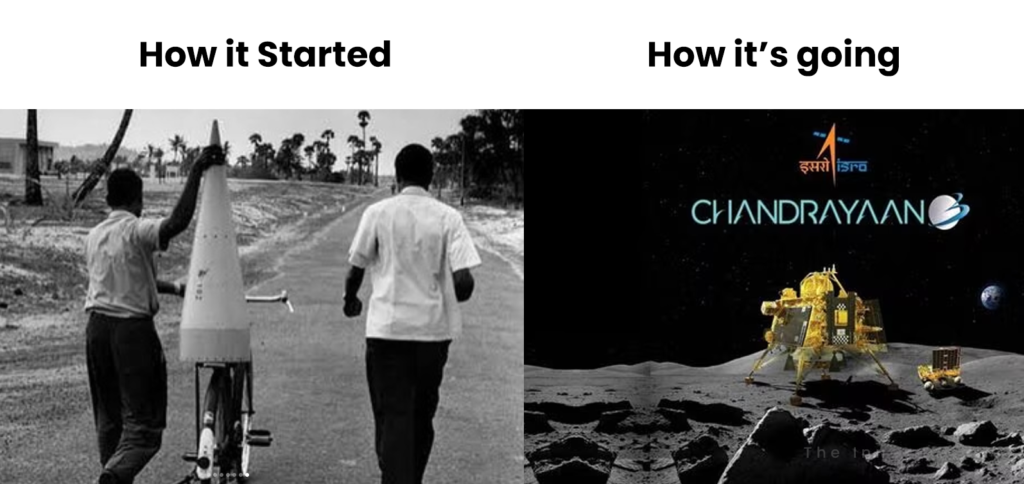
Chandrayaan means “moon vehicle” in Hindi and Sanskrit. Indians took YouTube to watch the landing on Moon on the 23rd August, with nearly 8.06 million people viewing the YouTube Live stream alone, making it the most-viewed Live stream in YouTube across the globe.
“It is a matter of pride and a pat on the back for Indian scientists,” Modi said at the BRICS summit in Johannesburg on 24th August.
(For more such interesting informational, technology and innovation stuffs, keep reading The Inner Detail).
Kindly add ‘The Inner Detail’ to your Google News Feed by following us!
